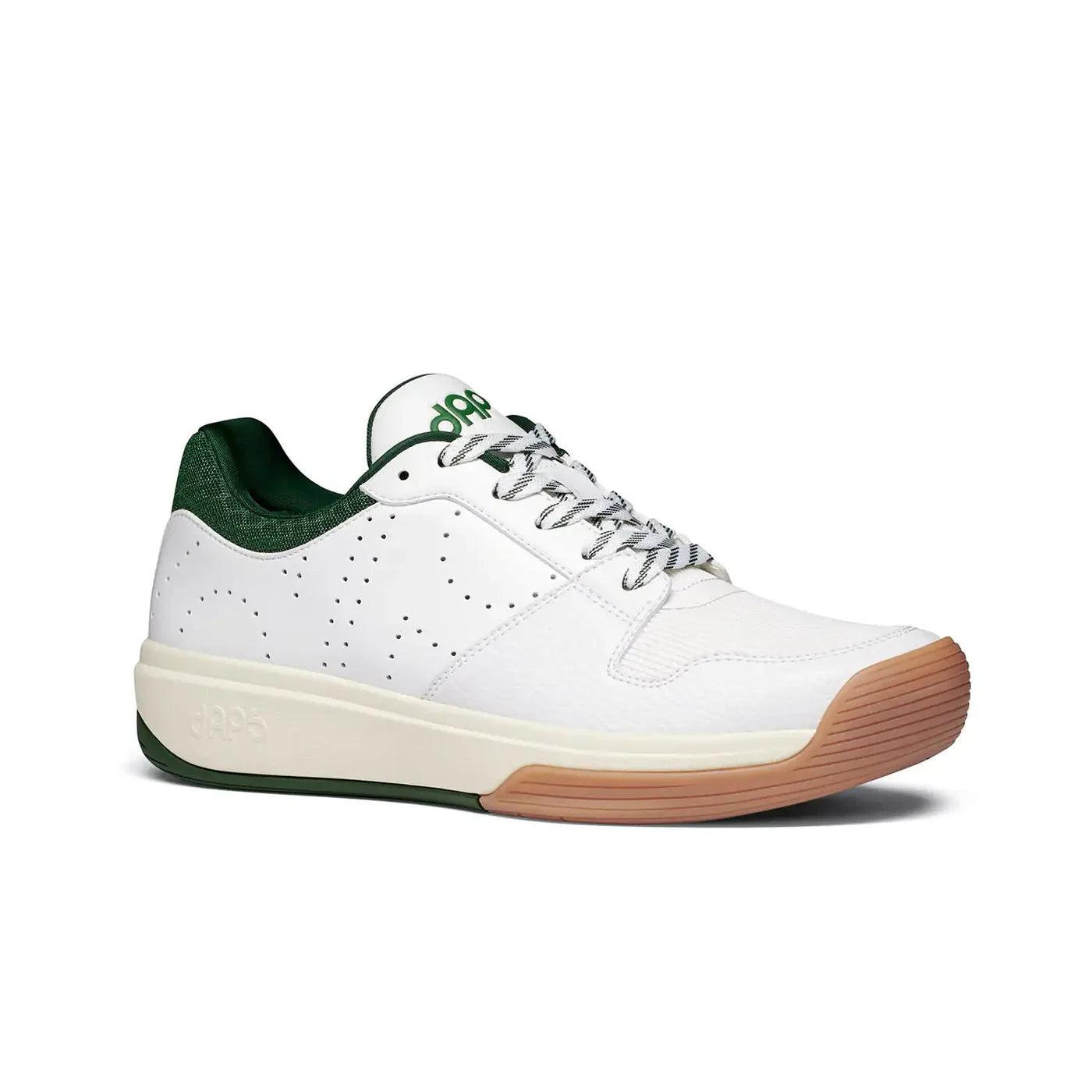A Left Handed Pickleball Strategy for Covering the Middle
Last Edited
Jan 21 2025
Category
Instruction
Top 5 pro James Ignatowich here. As you see in the pro game, there’s usually not a 50/50 divide between shots taken by each teammate.
Usually, the left side player is taking more balls out of the middle and looking to create offensive opportunities.
This should NOT be the case if you’re playing with a left handed partner!
One of the biggest misconceptions is that the player on the left is looking to dictate because they’re on the left. It’s not about someone being on the left or right, it’s about who is in a better position with a forehand.
Most people find it easier to speed up off the forehand side, and it’s easier to reach middle dinks out of the air with the forehand.
The good thing about playing with a lefty is you’re both equipped with this advantage for the whole game.
Why You Should Follow My Left Handed Pickleball Strategy
You don’t need to step over the middle to take a forehand when you’re playing with a lefty.
It’s actually better for the lefty to take it so you’re both in position for the next shot.
You can attack both players when the lefty takes some balls. You’re usually attacking in front of you or through the middle, so a lefty taking some middle balls will put more pressure on the opposing left side player by presenting a potential speed up.
Playing with a left handed partner is also a huge benefit on defense. This allows for you to really own your line and let the lefty cover the middle with their forehand.
Crashing and and Ernes are also easier to execute with a lefty, so make sure you’re taking full advantage!
One other thing to note is that communication probably needs to be heightened when playing with a lefty.
Read Next: Take Control of the Kitchen with the Volley Dink
Some lefties get accustomed to being boxed out of middle balls so they might not always be taking the middle when you think they will - just speak up when it’s ever in question!
James Ignatowich is giving out hot takes like this, instructional videos, and strategy input from other top pros in his weekly coaching newsletter! Click here to subscribe and catch up on previous editions.














